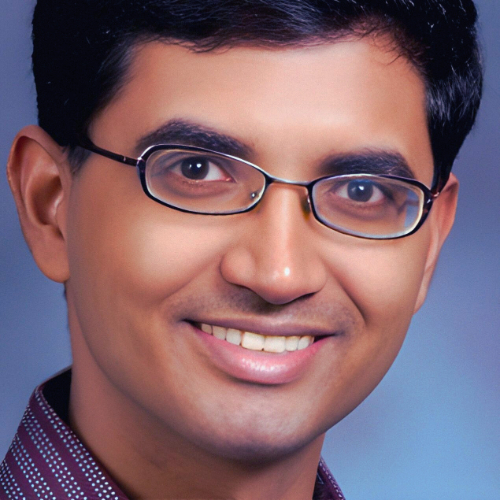1,303 reads
The 7 Competitors Vying for the Ultimate Quantum Computing Architecture
by
May 28th, 2025
Audio Presented by

The Digital Futurist. The | Gen AI | Agents | Blockchain | Quantum | Mastery Playbook. Subscribe!
Story's Credibility





About Author
The Digital Futurist. The | Gen AI | Agents | Blockchain | Quantum | Mastery Playbook. Subscribe!